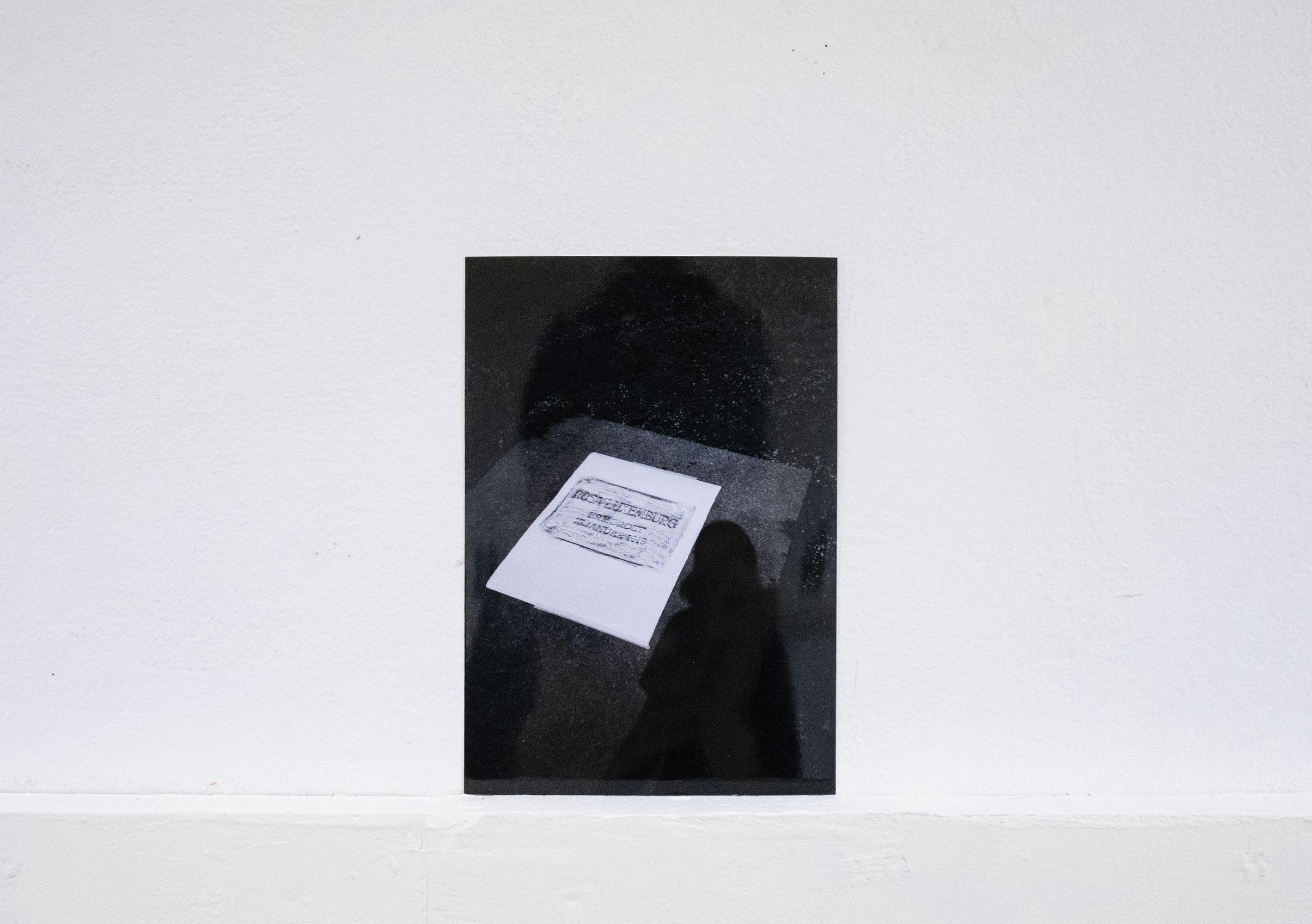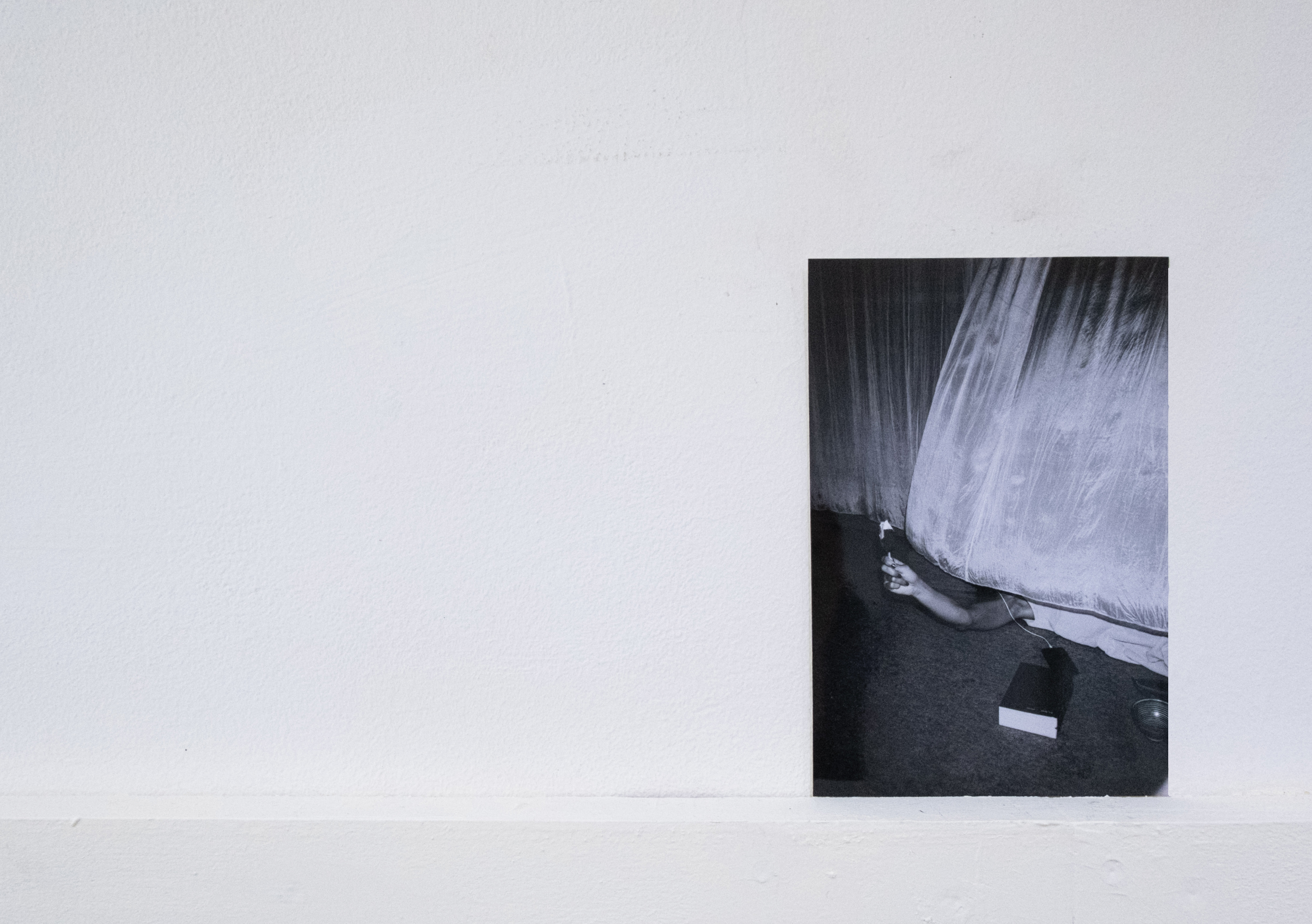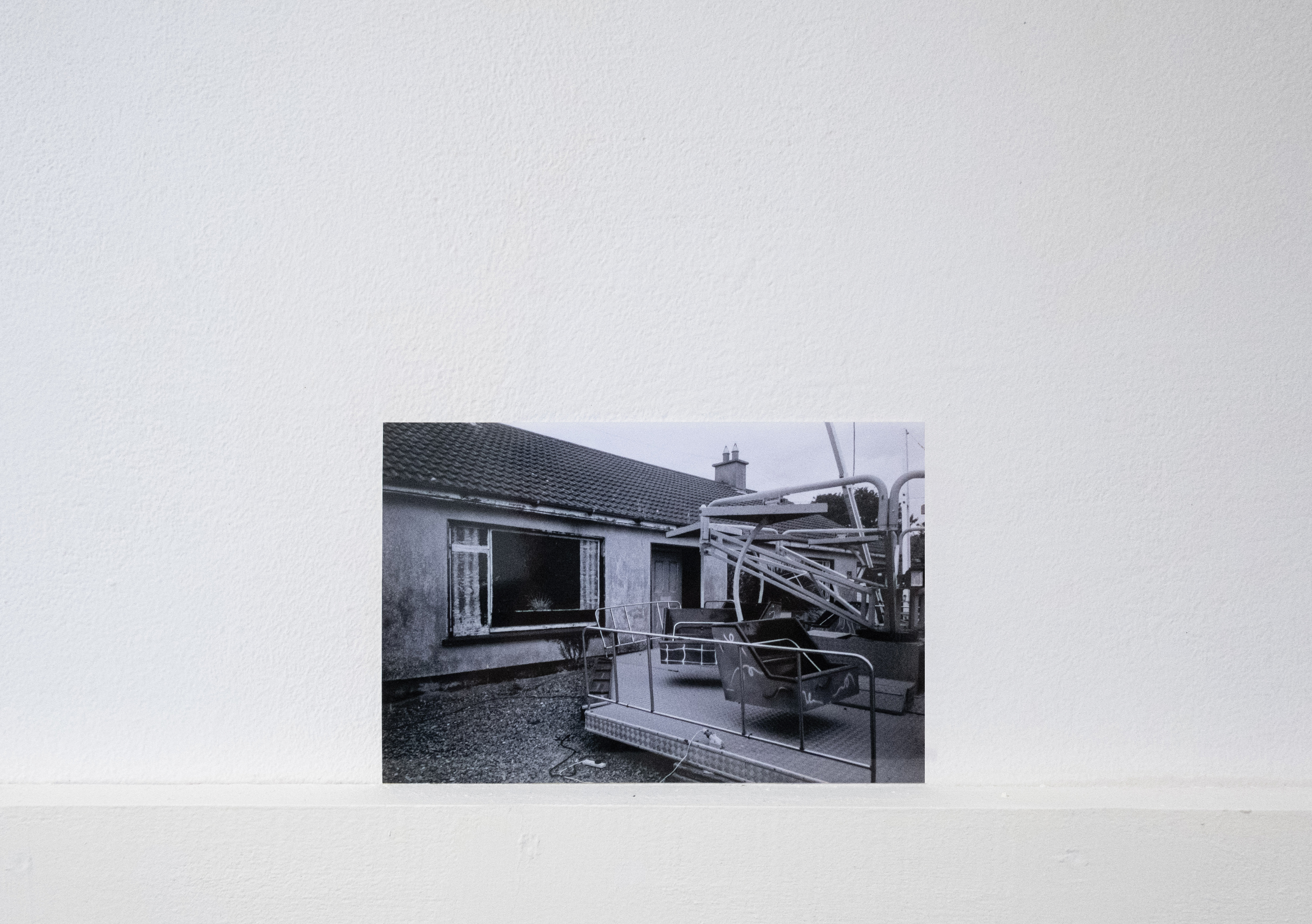Jack Hogan
Riddley Walker
2023/03/11 - 03/26
里德利·沃克 (Riddley Walker) 是傑克·霍根 (Jack Hogan) 的繪畫和攝影展覽標題,此名字來自於一本由由拉塞爾·霍班 (Russell Hoban) 所著的書。
Riddley Walker is a book by Russell Hoban and an upcoming exhibition of drawings and photographs by Jack Hogan.
“I think in pictures that change faster and I think in words as well, often for long stretches without pictures. A lot of my thoughts are on things that there aren’t any pictures for. … There’s a shame I feel. Draw a picture of that, hey? We live in huts and holes in the ground and our minds are slow. People know there was more but they’re ashamed and they say we’re just different from people long ago. The gulls on the beach, I think a long time ago those were flying birds, not just walking ones like now. I’m sure of it although I don’t know how I’m sure. They must feel something like the way I do.”
—Russell Hoban, notes for Riddley Walker, 3 June 1974
Russell Hoban began work on Riddley Walker in 1974, inspired by the medieval wall painting of the legend of Saint Eustace at Canterbury Cathedral. The novel sprung from Hoban's encounter with this massive image, and my exhibition emerged from my engrossment in Hoban's book at the height of the Covid 19 pandemic.
The form and content of both the novel and my exhibition are concerned with the two dominant models of time and history—the circular and the linear. The myth of return coexists with the nominally more modern conception of history as a sequence of events, the kind of one-way street in time posited in the Marxist vision of progression from feudalism to the rise of the bourgeoisie to the disintegration of capitalism and the triumph of the proletariat. The linear model characterizes Christianity too, with its doctrine of a beginning or creation, middle or incarnation, and end or apocalypse. Riddley's people have a vague perception of "Aunty," a kind of triple goddess of night, birth, and especially death.
In the same way Hoban's novel is not a direct translation of the mural at Canterbury Cathedral, my exhibition is an oblique companion to Hoban's book. Hoban wrote about writing things that there aren't any pictures for. I'm not trying to illustrate his writing, but rather to reverse this sentiment, and draw pictures that there isn't any writing for. I'm interested in making artwork that is not easily translated to or from language. The grant-writing, practice-based PhD, research-based artworld insists on art that delivers a message, and that can be a recipe for disaster. My favourite art does not tie itself up neatly in a bow, pre-chewed and ready for digestion, but can be a riddle that rewards time, attention, and repeated engagement.
Riddley Walker, the character, gets his first name from the fact that he makes riddles, and his surname from his peripateticism—usually walking about 40 miles a day. Riddley Walker, the book, requires multiple readings to hack through the weeds to layers of myth and meaning. It takes place in an imagined Iron Age of the future that mirrors the actual Iron Age of the past. A nuclear holocaust has plunged humankind backwards. In the Iron Age of Riddley Walker, the characters know dimly about the advanced civilization that preceded them. The pursuit of knowledge that will again destroy knowledge—the quest to reinvent gunpowder, for example—is nascent. Riddley has the profound insight that, in order to break this cycle, the individual must abandon self to the great totality of the universe.
Drawing tends to be a solitary activity for me, and photography is more social.
The drawings in this exhibition were made during the lockdown in Berlin, usually during endless zoom, jitsi and webex meetings and events. I always make my best drawings when I'm not fully focused on drawing, and let whatever is swimming in my head to percolate via ink onto paper. Like a lot of people, I've always drawn during calls, seminars and the like, but the pandemic presented the first opportunity to do that on a table with nice pens and paper, as opposed to inconspicuously in the margins of my notebook on my knee. I was engrossed by Riddley Walker at this time, and the myth of both social and technological progress.
I was given an Olympus XA 35mm camera by a friend in Berlin at the beginning of the lockdown, at the same time I was reading Riddley Walker. This camera was made in 1979, the year before Riddley Walker was published. It can produce an inky black that my iphone camera, built 40+ years later, can only dream of. The photographs in this exhibition are all taken on this camera. They span the period 2020–2022, in Berlin, Louth and New York.
Like many people, I walked more than ever during the lockdowns. This peripatetic practice also became a photographic practice. I spent full days each week walking all the cemeteries of Berlin with my friend, Lena Kocutar. I find it comforting to be in the company of the dead.
When the borders reopened, I was able to return to Ireland, and then finally begin a fellowship at the Whitney Museum in New York, when U.S. travel restrictions ended in November 2021 and it was possible to attain a visa.
—Text written by Jack Hogan, March 2023

















Jack Hogan 是來自愛爾蘭沃特福德的藝術家與建築師。他關注日常生活中豐富的社會性、人與人之間的情感連結以及核心家庭之外美好共同生活的構成要素。
Jack Hogan is an artist and architect from Waterford, Ireland. They focus on the rich sociality of everyday life, foregrounding friendship and what constitutes good shared lives beyond the nuclear family.
www.jackhogan.ie
linktr.ee/jackhogan
@jacktomhogan
Press Release
Invitation Card
